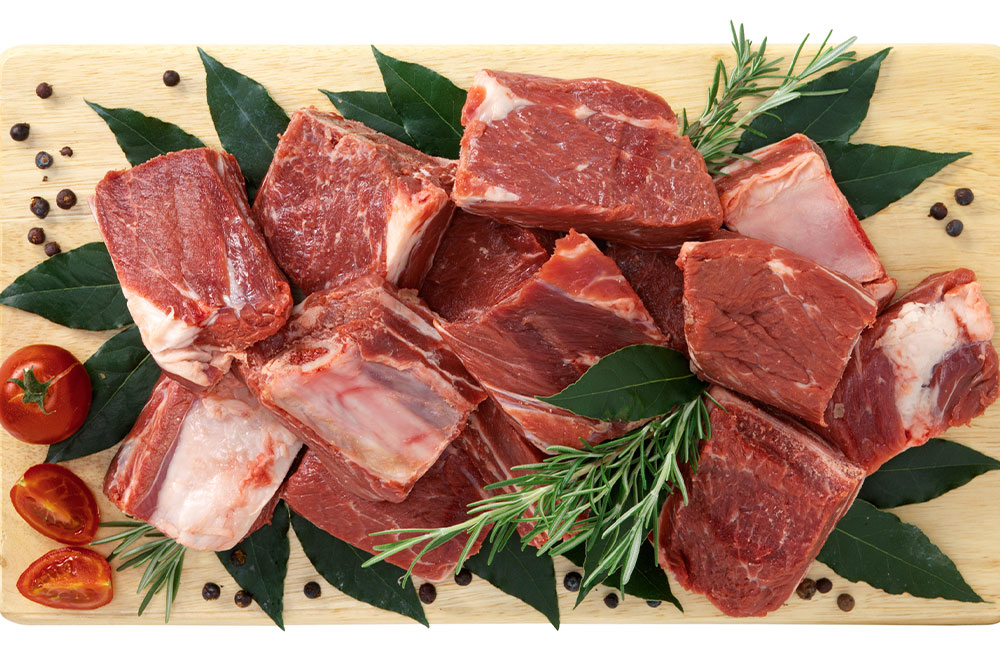4 foods that are bad for the lungs

Diseases like asthma affect the lungs, interfering with airflow and causing inflammation. Several treatment options help manage the symptoms like difficulty breathing and cough associated with these conditions. However, doctors and nutrition experts who treat patients also recommend lung-friendly meal plans to complement ongoing treatment. Some foods are bad for the organ and can worsen existing conditions. Below are a few such unhealthy foods that can prove detrimental to lung health:
Processed meat
Processed meats are the ones preserved by curing, salting, canning, or drying. Makers of such meat add salts, sugar, and synthetic preservatives to increase the product’s shelf life, retain its original color, and ensure the meat cooks faster. The most common chemical additive is nitrites, which can damage the lungs. Processed meat also contains advanced glycation end-products, or AGEs, which can cause inflammation and oxidative stress. Some examples of processed meat are ham, cured bacon, corned beef, beef jerky, sausages, salami, hot dogs, canned meat, and dried meat. Adding a lot of processed meat to the meal plan can lead to poor lung function and an increased risk of chronic pulmonary obstructive disease (COPD).
Carbonated beverages
Health experts list carbonated beverages as one of the things to avoid with lung and respiratory diseases like asthma and COPD. Soda, in particular, is unhealthy for pre-existing lung and respiratory diseases as sugar overload can increase inflammation. It contains high-fructose corn syrup and specific sodium salts, which are inflammatory agents. Sodas also have caffeine that can interfere with COPD and asthma treatment. Further, sodas and soft drinks may cause bloating, putting more pressure on the lungs and aggravating the symptoms.
High-fat dairy
Dairy products like cheese and ice cream have a compound that attaches to our brain receptors and creates a craving for more. It also increases mucus or phlegm secretion, forcing the body to work harder to expel it. If a person has asthma, emphysema, or COPD, it can lead to more intense wheezing and coughing. Cheese, full-fat milk, and ice cream also contain preservatives and added sugars that can trigger inflammation of the airways. If the symptoms are not severe, one can add a small amount of low-fat milk to the meal plan. But it is advisable to shift to plant-based dairy products like soymilk, almond milk, cottage cheese, and tofu in severe cases.
Fried foods
Meat and vegetables lose water when fried and absorb the fat content in the oil, becoming rich in calories. Also, packed or processed fried food is cooked at high temperatures using hydrogen gas to increase the food’s shelf file. This alters oil’s chemical structure, and trans fats are formed. Higher calories and trans fats can lead to bloating and increase the risk of lung diseases. Fried foods are harmful to even those who cook them because they may inhale the fumes of the trans fat, causing cough and putting further stress on their lungs.
The above foods can increase the risk of conditions like asthma, which one can manage with the following treatments:
Tezepelumab
The FDA has approved tezepelumab as an add-on maintenance treatment option for children above 12 and adults with severe asthma. It can block a specific protein called TSLP. This protein is found in excess in most asthma patients, which results in airway inflammation and aggravates the symptoms. Studies show that tezepelumab is safer and more efficient than many other treatments.
FASENRA
It is used to treat severe eosinophilic asthma in those above 12 years. Eosinophilic asthma results from an increase in a type of white blood cell called eosinophils. FASENRA works by controlling and reducing eosinophils. It is recommended to manage sudden and severe asthma attacks where the person’s current asthma treatment is ineffective. However, FASENRA is unsuitable for other eosinophilic conditions or sudden breathing difficulties. It can cause side effects like headaches and sore throat. Individuals should consult a doctor before using this treatment option to avoid complications, especially pregnant women and those with allergies.
NUCALA
NUCALA is another add-on treatment for severe eosinophilic asthma for patients above six years. It helps improve breathing and prevents severe asthma attacks. The treatment is easy to administer with the help of an autoinjector, and those above 12 years can choose an at-home administration option. NUCALA can cause severe reactions, so individuals must check with a doctor if they are allergic to any ingredient or compound. The side effects include swelling, breathing problems, dizziness, rashes, and hives. Before using this treatment, it is advisable to talk to a doctor and understand the dosage and impact.
XOLAIR
XOLAIR is a treatment for moderate to severe allergic asthma in patients above six years. It helps reduce the number of asthma attacks and may even eliminate the need for other treatments. XOLAIR is also used to treat chronic spontaneous urticaria or hives in individuals over 12 years. The dosage varies from person to person, and the benefits may begin to show after a few months.
ZYRTEC
Allergens in the air can trigger respiratory allergies. So, to counter the allergen, our body produces a chemical called histamine. Histamine causes symptoms like airway constriction, excess mucus production, and breathing difficulties, affecting lung health. ZYRTEC is an antihistamine that helps control our body’s response to allergens, thus preventing allergies and promoting lung health.



